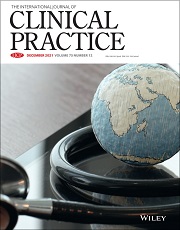NN Sarkar

Abstract
Objective: The aim of this study was to focus on barriers, controversy and perceived risk associated with use of emergency contraception (EC) after unprotected sexual intercourse.
Design and method: Data were extracted from the literature of the MEDLINE database service. Original articles, surveys, clinical trials and investigations are considered for this review.
Results: After the introduction of over-the-counter and advance prescription provisions for easy access to EC, the rural–urban disparity in availability of EC poses a barrier to use of EC for rural dwellers. The socio-economically weaker section of the population is unable to purchase EC because of low or no income, although there is mounting pressure by the State for prevention of unintended pregnancy by use of EC. Some healthcare providers have objected to provide EC to the patient on the grounds of their conscience and morality. Some providers and users have also expressed concerns about the possibility of increase in irresponsible sexual behaviour because of easy access to EC. There may be some truth in their apprehension because nearly 3.2 million unintended pregnancies occur annually despite various contraceptive options available in USA and the extensive use of EC is directly proportional to the volume of unprotected sexual intercourse, which is too directly proportional to the quantum of risk for contacting sexually transmitted infections (STIs)/AIDS.
Conclusions: Emergency contraception is a one-off postcoital procedure and not to be opted after every sexual intercourse. Controversy about EC may be resolved if it is used within this limit. Extensive use of EC may increase risk for contacting STIs/AIDS.
Sarkar NN. Barriers to emergency contraception (EC): Does promoting EC increase risk for contacting sexually transmitted infections, HIV/AIDS? Int J Clin Pract. 2008 Oct 15;62(11):1769-1775.